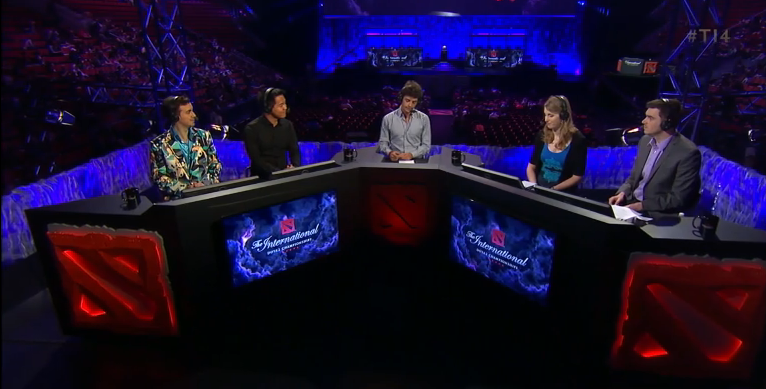On July 21st, the fourth DotA2 International Championships came to an end. It was the most watched DotA2 event of all time, drawing more than 20 million total viewers. The tournament was also shown on ESPN3 and a preview of the finals was shown on ESPN2. The success of the tournament has led fans of Valve’s other eSports title, Counter Strike: Global Offensive to wonder about the game’s future. Many have called for Valve to hold a similar tournament for the game to give it the exposure they think it deserves. In reality, what Counter Strike need isn’t an International, but a continuation and expansion of the support that Valve is already providing.
There is absolutely no question that The International was a grand spectacle that drew people who had never even heard of DotA2 to watch. Really, any event of that scale would cause a major boost to the popularity and awareness surrounding an eSports title. The one problem with The International is that it does not provide enough stability. For the viewers, the lack of stability stems from the fact that there is only one marquis event a year. As a casual fan of the game I don’t expect to be excited about a tournament until next year’s International comes. For the players the lack of stability is caused by the prize structure. Of the tournament’s nearly $11 million prize pool, $5 million went to first place, $1.5 million to second, $1 million to third, and so on, down to the 13/14th place teams, who received $21,857 each. The prizes were boons for teams that placed near the top but negligible for those less fortunate. The bottom two teams in The International did not even receive a prize.
If you tally up the prize pools available in all of 2014’s other Premiere Tournaments (as listed by Liquidpedia), the total comes to just over $2 million. With an average of three events a month, the time investment and travel required to compete in all of them is immense. If you divide the total available money by the number of teams that want to compete, there’s really not much available for the players. This means that only the best of the best teams will survive while the less successful teams fold. Aspiring professional teams are under immense amounts of pressure from the get go to win tournaments. Most likely they will have to work day jobs to support themselves which cuts into their practice time, preventing them from reaching their full potential.
Contrast this with Riot Games’ League of Legends Championship series which provides a guaranteed payout of of $175,000 to each of the 16 teams competing (a total of $2.8 million) plus a total of $400,000 in playoff prizing. Beyond that there is an additional $2 million available at the World Championship. The top performing teams receive a smaller percentage of the money than they do in DotA2, but the weaker teams have a guaranteed income that they can use to support themselves as they practice and become the best they can be, which leads to strong competition in the league.
For Counter Strike, Consistency Is Key
With the Arms Deal Update Valve released gun skins allowing players to customize their arsenal. For a price, players can unlock a gun case and have a chance to receive a rare skin, with a portion of those proceeds providing support for eSports.
The first tournament to see this support was DreamHack Winter 2013 which boasted a prize pool of $250,000. A second $250,000 tournament was played at EMS One Katowice, and another is expected before the end of the year. By having a small number of major tournaments throughout the year, Valve is giving players consistent opportunities to play and providing the spectacle of a major tournament multiple times a year while keeping travel requirements reasonable.
This strategy is key if Valve is looking for growth in Counter Strike’s eSports scene. Even smaller teams can afford to travel two or three times a year and this gives them plenty of time to practice leading up to events. This, in turn, gives new teams the chance to prepare and to work towards becoming competitive enough for the top spot.
The other reason that consistency is absolutely essential to the growth of Counter Strike as an eSport is that it keeps the game in the forefront of the casual spectator’s minds. People who don’t follow DotA2 will only be aware of it when The International rolls around. Counter Strike gets an advantage because its major tournaments come more often, and each is noticed, even by the more casual fan.
If Valve truly wants Counter Strike to flourish as an eSport they need to continue to sponsor regularly occurring major tournaments so that they can maintain or expand their prize pools. The regularity will keep the game at the front of people’s minds while the larger prize pools will draw the spectators in. In the end, a stable and consistent environment will foster the best competition possible which is what gets fans excited to watch.


